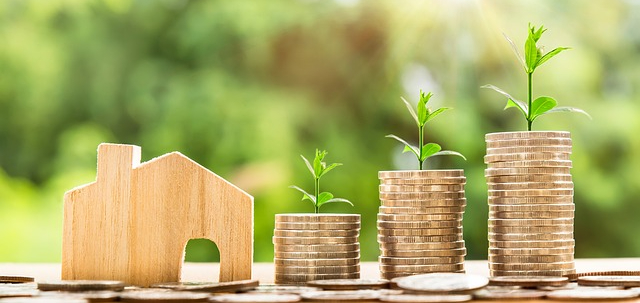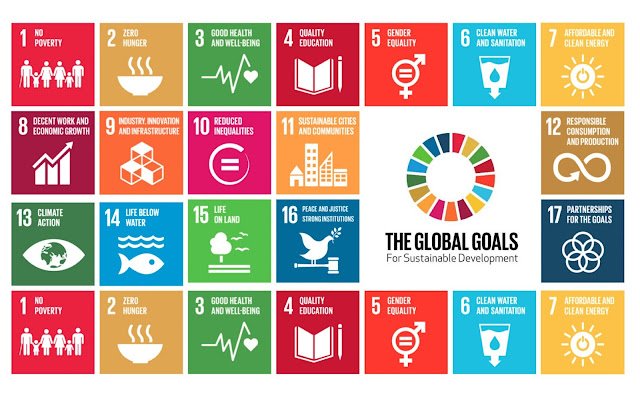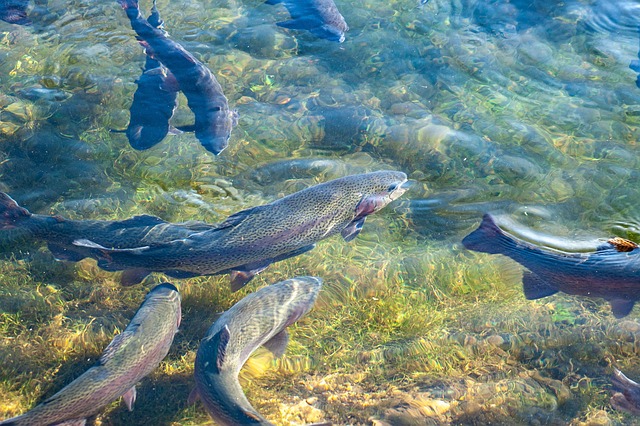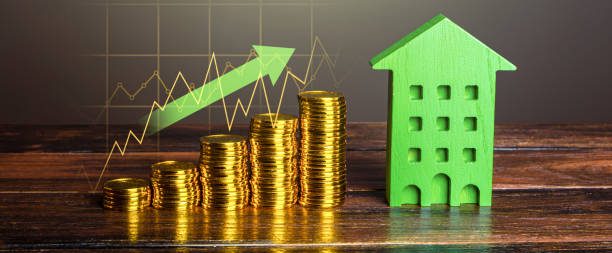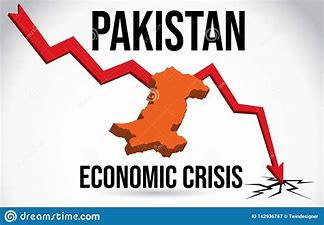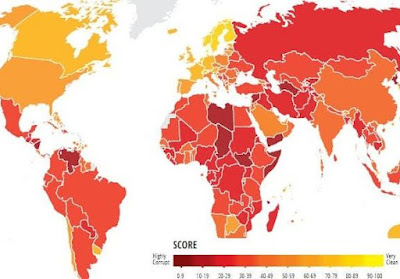Explore the environmental impacts of industrialization, the disproportionate burden on developing nations, and the role of Sustainable Development Goals (SDGs) in achieving a pollution-free, sustainable future. Learn how global cooperation, clean energy, and responsible consumption are vital for balancing industrial growth and environmental preservation.
Introduction
The rapid industrialization that has transformed societies across the globe has undeniably brought forth tremendous economic growth and technological progress. However, this progress has come at a significant cost to the environment. Today, as humanity faces the daunting challenges of climate change and the escalating threats of global warming, it’s becoming increasingly evident that the price of industrialization has been steep. This article explores the critical role of Sustainable Development Goals (SDGs) in mitigating these environmental costs while promoting sustainable growth.
Industrialization’s Environmental Cost
The Environmental Consequences of Industrialization
Industrialization has left a profound mark on the planet, with severe environmental consequences that affect us all.
Rising Threats of Global Warming
Climate change, driven by the emission of greenhouse gases from industrial processes, has led to rising global temperatures, altered weather patterns, and more frequent and severe natural disasters. Global warming poses a substantial threat to our planet’s ecosystems and human societies.
Disproportionate Burden on Developing Nations
Developing nations, often least responsible for industrial emissions, bear the brunt of climate change’s adverse effects. They frequently lack the resources and infrastructure needed to adapt to environmental degradation and protect their vulnerable populations.
Troubles of Developing Nations
In many developing nations, including Pakistan, communities find themselves grappling with the harsh and multifaceted consequences of environmental degradation. As industrialization and climate change continue to exert their toll on the planet, these nations bear a disproportionate burden of the resulting challenges. This article delves into the specific case of Pakistan, shedding light on the struggles its communities face in coping with the consequences of environmental degradation, which include more frequent and intense floods, droughts, and food insecurity.
1. More Frequent and Intense Floods:
Pakistan is no stranger to devastating floods, which have become increasingly frequent and severe in recent years. These catastrophic events are often triggered by heavy monsoon rains, glacial melt water, and inadequate water management systems. The result is the displacement of thousands of people, destruction of homes and infrastructure, and loss of lives. Floods also have long-lasting consequences, including damage to agricultural land, which affects food production and security.
2. Droughts and Water Scarcity:
In stark contrast to the flooding problem, Pakistan also faces recurring droughts and water scarcity issues. Changing precipitation patterns, along with inefficient water management practices, have left many regions in Pakistan parched and struggling to access clean and reliable water sources. Droughts not only impact drinking water supplies but also severely hinder agricultural activities, exacerbating food insecurity issues.
3. Food Insecurity:
Environmental degradation has a direct impact on agriculture, a crucial sector of Pakistan’s economy. Erratic weather patterns, water scarcity, and soil degradation make it increasingly challenging for farmers to maintain consistent crop yields. This, in turn, leads to food insecurity, with vulnerable communities struggling to access an adequate and nutritious diet. The cyclical nature of food insecurity further compounds other socioeconomic challenges, including poverty and malnutrition.
4. Socioeconomic Consequences:
The environmental challenges faced by Pakistan and similar developing nations have far-reaching socioeconomic consequences. Disasters like floods and droughts can disrupt livelihoods, force people into poverty, and strain already limited resources. These effects create a cycle of vulnerability that is difficult to break without significant support and investment in sustainable development.
5. Fighting the Plight:
Addressing the plight of developing nations like Pakistan in the face of environmental degradation requires a multifaceted approach. This includes investing in resilient infrastructure, implementing sustainable agricultural practices, enhancing disaster preparedness and response, and transitioning to cleaner and more efficient energy sources. International cooperation and assistance are also essential to ensure that these nations have the resources and knowledge needed to combat environmental challenges effectively.
The Role of Sustainable Development Goals (SDGs)
Environmental Restoration and Sustainable Growth
The United Nations’ Sustainable Development Goals (SDGs) recognize the urgent need to restore and maintain a pollution-free environment while fostering economic growth and social well-being.
Recognizing the Interconnectedness
The SDGs emphasize the interconnectedness of economic development and environmental sustainability. Solving the environmental crisis requires holistic approaches that address social and economic inequalities.
Emphasizing Equitable Solutions
Achieving the SDGs demands equitable solutions that ensure all nations and communities have the opportunity to participate in and benefit from sustainable development. Bridging the gap between rich and poor nations is integral to the success of these goals.
Achieving the SDGs: Global Solutions
Global Cooperation and Innovation
Addressing climate change and restoring the environment requires global cooperation, innovation, and a commitment to sustainable practices.
Transitioning to Clean Energy
Transitioning to cleaner energy sources is essential for reducing emissions and minimizing our carbon footprint. Investing in renewable energy is a crucial step in this direction.
Responsible Consumption and Production
Promoting responsible consumption and production patterns helps reduce waste and conserve natural resources, contributing to a cleaner environment.
Addressing Social Inequalities
To achieve the SDGs, social inequalities must be addressed to ensure that all nations and communities can actively participate in and benefit from sustainable development.
Pakistan’s Path to Sustainability
Balancing Growth and Environmental Protection
In Pakistan, as in many other developing nations, finding a balance between economic growth and environmental protection is crucial. This involves:
Investments in Renewable Energy
Pakistan can invest in renewable energy sources like solar and wind power to reduce reliance on fossil fuels and lower greenhouse gas emissions.
Enhancing Waste Management
Improving waste management systems can lessen pollution and reduce the environmental impact of industrial processes.
Promoting Green Technologies
Adopting green technologies and sustainable practices can help Pakistan reduce its environmental footprint while fostering economic growth.
Conclusion
In conclusion, the challenges posed by climate change and global warming are urgent and demand immediate action. Achieving the SDGs for a pollution-free environment is not just a moral obligation but also a practical necessity for the well-being of present and future generations, especially in vulnerable nations like Pakistan. It is a shared responsibility that requires collective action, global cooperation, and an unwavering commitment to creating a more sustainable and equitable world for all.

